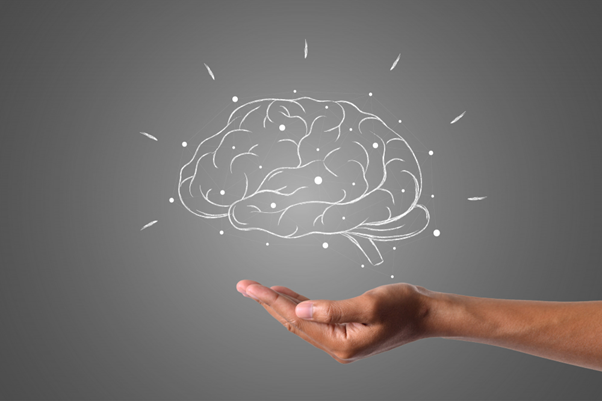What is a Brain Stroke?
A brain stroke happens when blood flow to part of the brain is suddenly blocked or disrupted. This lack of blood can cause brain cells to die, leading to potential problems with movement, speech, and more. Strokes are emergencies that require quick action to minimize damage.
Types of Strokes
There are three main types of strokes:
- Ischemic Stroke: The most common type, caused by a blockage in a brain artery, usually from a blood clot.
- Hemorrhagic Stroke: Occurs when a blood vessel in the brain bursts, leading to bleeding in the brain.
- Transient Ischemic Attack (TIA): Often called a "mini-stroke," a temporary blockage that doesn't cause permanent damage but signals a higher risk of a full stroke.
How to Recognize a Stroke
Look out for these key signs using the acronym FAST:
- F - Face Drooping: One side of the face may droop. Ask the person to smile—does the smile look uneven?
- A-Arm Weakness: One arm might be weak or numb. Ask them to raise both arms—does one arm drift downward?
- S - Speech Difficulty: Their speech may be slurred or hard to understand. Ask them to repeat a simple sentence—can they do it?
- T - Time to Call 911: Call emergency services immediately if you notice any of these signs.
Other symptoms can include sudden confusion, trouble seeing, dizziness, or difficulty walking.
What Causes a Stroke?
Several factors can increase stroke risk:
- High Blood Pressure: Can damage blood vessels and increase stroke risk.
- Heart Disease: Conditions like atrial fibrillation can lead to clots.
- Diabetes: Can damage blood vessels.
- High Cholesterol: This leads to plaque buildup in arteries.
- Smoking: Damages blood vessels and increases clot risk.
- Heavy Drinking: Raises blood pressure and stroke risk.
- Obesity: This can lead to high blood pressure and other risks.
- Family History: A family history of stroke can increase your risk.
How is a Stroke Diagnosed?
To diagnose a stroke, doctors may:
- Review Medical History and Symptoms: Discuss your symptoms and health history.
- Perform Imaging Tests: CT scans or MRIs to see the brain and determine the type of stroke.
- Conduct Blood Tests: Check for issues like high cholesterol or clotting problems.
- Use Carotid Ultrasound: Examine neck arteries for blockages.
Treatment and Management
Stroke treatment depends on the type and severity:
- Medications:
- For Ischemic Stroke: Clot-busting drugs to dissolve the clot and medications to prevent future clots.
- For Hemorrhagic Stroke: Drugs to control bleeding and lower blood pressure.
- Surgery: May be needed to remove clots or repair blood vessels.
- Rehabilitation: Includes physical, occupational, and speech therapy to help recover lost functions.
How to Prevent a Stroke
You can lower your stroke risk by:
- Managing Blood Pressure: Keep it under control with diet, exercise, and medication.
- Eating Healthy: Focus on a balanced diet low in salt, saturated fats, and cholesterol.
- Exercising Regularly: Stay active to improve heart and brain health.
- Quitting Smoking: Avoid smoking and secondhand smoke.
- Limiting Alcohol: Drink in moderation or not at all.
- Controlling Chronic Conditions: Manage diabetes, high cholesterol, and other health issues.
Life After a Stroke
Living after a stroke can be challenging, but many people adapt and thrive:
- Get Support: Join stroke support groups to connect with others.
- Adapt Your Home: Make changes to your living space to accommodate new needs.
- Focus on Recovery: Stick with rehabilitation and therapy to maximize recovery.
Understanding strokes, recognizing the symptoms, and knowing how to prevent and treat them can make a big difference. Quick action and healthy lifestyle choices can help you stay healthy and reduce your risk of a stroke.




